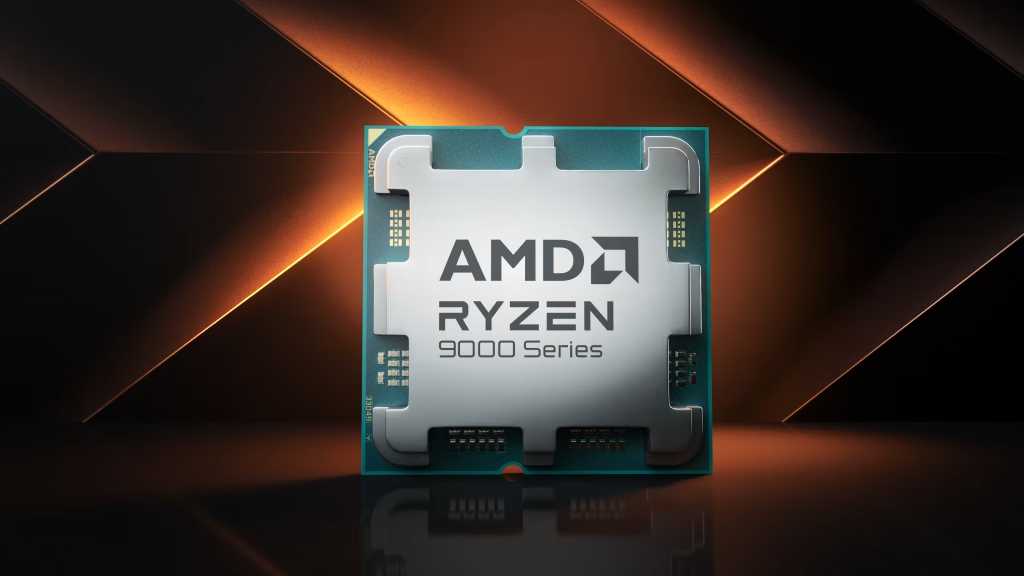In a surprising twist in the tech industry, AMD has outperformed Intel in the data center and AI revenue race for the second consecutive quarter, posting a significant 13.5% higher earnings in Q4 2024. While AMD’s stock took a hit with a 9% decline in premarket trading following a lackluster earnings report, the company’s data center division defied expectations, earning a total of $3.86 billion from CPU and GPU sales to the data center industry. This marked a huge 69% year-over-year revenue growth for AMD, positioning it as a formidable player in the data center and AI sectors.
Table of Contents
AMD’s Remarkable Q4 Performance
AMD’s fourth-quarter revenue was driven by a strong portfolio of products, particularly its EPYC CPUs and Instinct accelerators. These products, designed to tackle the growing demand for AI and data-heavy workloads, helped AMD secure a revenue boost of $1.58 billion compared to Q4 2023. In stark contrast, Intel, which traditionally dominated the data center space, reported only $3.4 billion in data center revenue, marking a 3% annual decline and a modest sequential growth of just $100 million.
The performance of both companies highlights the increasing importance of AI in today’s data center operations. AMD’s rise is largely attributed to its diversified approach, combining both high-performance processors (CPUs) and AI-focused GPUs, which have been in high demand across industries, from cloud services to AI research.
Why AMD is Leading the Charge
Unlike Intel, which focuses primarily on its Xeon processors and Gaudi AI accelerators for data centers, AMD has carved a unique niche with a more comprehensive approach. AMD’s success in the data center space can be attributed to its ability to provide both CPUs and GPUs that meet the needs of modern data workloads. The company’s Instinct accelerators are designed specifically for AI applications, giving AMD a competitive edge in the rapidly expanding AI market.
Moreover, AMD’s aggressive expansion strategy through mergers and acquisitions has played a pivotal role in its growth. One of the most significant moves was its $3.7 billion acquisition of ZT Systems, a server manufacturer. Announced in August 2024, this acquisition is expected to have a significant impact on AMD’s income statement by the end of this year, boosting its position in the server market and enhancing its offerings in the data center sector.
Intel’s Struggles in the AI Era
Intel’s data center division has faced some challenges in recent times. While it continues to rely heavily on its Xeon processors and Gaudi AI accelerators, its growth in the AI sector has been slower compared to AMD. Despite a small increase in sequential growth from Q3 to Q4 2024, Intel’s annual data center revenue saw a 3% decline. This reflects the shifting dynamics in the industry, where AMD’s versatility in both CPUs and GPUs is giving it an edge over Intel, especially as the demand for AI solutions surges.
Intel’s struggle to catch up with AMD in the AI race is indicative of the changing tech landscape. The company’s focus on legacy products like Xeon processors has made it difficult to fully capitalize on the fast-growing AI market, where specialized solutions are becoming increasingly important.

AMD’s Strategy for the Future
To maintain its momentum, AMD has continued to focus on expanding its presence in the data center and AI markets. The ZT Systems acquisition is just one example of how the company is working to strengthen its position. AMD has also been steadily improving its product offerings to meet the needs of AI-driven data centers, where high-performance computing, scalability, and energy efficiency are crucial.
As the demand for AI and data center services continues to rise, AMD’s ability to provide comprehensive solutions will likely keep it ahead of Intel in the race. The company’s aggressive push into AI and data center markets, combined with its strong product portfolio, has set the stage for continued growth in 2025 and beyond.
The Bigger Picture: A Shifting Tech Landscape
The competition between AMD and Intel in the data center and AI space is indicative of a larger trend in the tech industry. As artificial intelligence continues to evolve and expand, companies that can deliver specialized solutions, like AMD’s mix of CPUs and GPUs for AI workloads, will be better positioned to lead the market. Meanwhile, companies that continue to rely on legacy products may find themselves struggling to keep pace with new, more agile competitors.
In addition to AMD’s product innovations, its strategic acquisitions and partnerships are ensuring that the company has the infrastructure to meet the growing demands of AI and data center customers. As we move into 2025, AMD’s aggressive strategy may set the company on a path to even greater success in the years to come.
Final Thoughts: AMD’s Bold Move in the Data Center Race
AMD’s impressive performance in Q4 2024 is more than just a financial win; it’s a signal that the company is ready to lead in the next era of AI and data centers. By surpassing Intel in revenue and continuing to expand its footprint through strategic acquisitions, AMD is positioning itself as the company to watch in the coming years.
As AI continues to reshape the data center landscape, AMD’s ability to innovate and diversify its product offerings will likely keep it ahead of the competition. With a promising future ahead, AMD’s victory over Intel in the data center and AI race is just the beginning of an exciting new chapter in the tech world.

